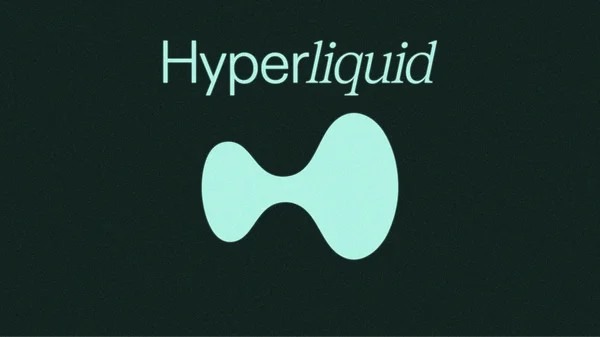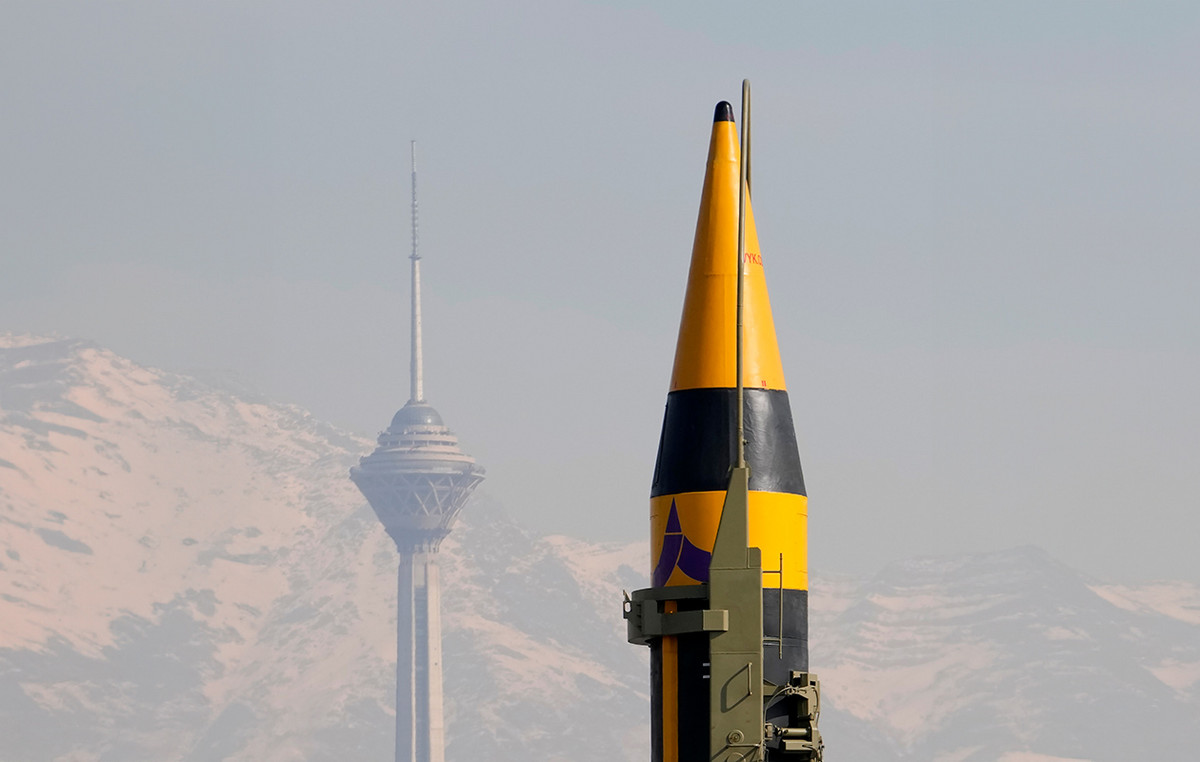The number of Brazilians with restrictions on their National Driver’s License (CNH) due to vision problems has increased by almost 80% over the last ten years. In 2014, 14.4 million drivers could only drive vehicles with the mandatory use of glasses or prescription lenses. The group also includes people who are restricted from driving after sunset and those with monocular vision (vision equal to or less than 20% in one eye). By 2024, this total will reach 25.4 million — an increase of 77%.
The data was released this Monday (15) by the Brazilian Council of Ophthalmology (CBO), based on information from the National Traffic Secretariat (Senatran). According to the survey, visual restrictions currently account for 91% of all annotations applied to a total of 27.9 million CNHs issued in Brazil. For the entity, the numbers show the relevance of eye health for the population and reinforce the need for prevention and early diagnosis of eye diseases.
In the council’s assessment, several factors contribute to the growing demand for eye care among Brazilian drivers, including the aging of the population; prolonged exposure to cell phone and computer screens; and the increased incidence of chronic diseases such as diabetes, hypertension and stress, in addition to habits that lead to inadequate nutrition, a sedentary lifestyle and obesity.
The mapping indicates that Rio Grande do Norte, Paraíba and Rio de Janeiro currently have the highest proportion of driving licenses with restrictions in relation to the total number of drivers. In these states, the numbers are, respectively: 390 thousand (42% of drivers); 371.8 thousand (38%); and 2.1 million (34%). Acre, which has 56.4 thousand registrations, has the lowest percentage in the national panorama, with 20% of drivers having some visual restriction when driving vehicles.
When comparing the data from 2014 with those from 2024, however, the scenario changes. The states where the percentage increase in drivers with restrictions was most significant are: Goiás (129%); Tocantins (128%); Roraima (125%); Mato Grosso (120%); Acre (119%); Amazonas (110%); Rondônia (103%); Alagoas (103%); Maranhão (102%); and Piauí (100%). At the opposite extreme, the Federal District appears, with an increase of 40%.
The CBO also listed the main types of vision-related annotations found on Brazilians’ driving licenses. Among the most frequent are the mandatory use of corrective lenses, with around 25 million drivers; and restrictions associated with monocular vision, with 351 thousand cases. In third place, with 152.1 thousand cases, are drivers prohibited from driving after sunset.
Understand
The request for inclusion of notes on the driver’s license is made by the traffic doctor at the end of the preliminary assessment required for granting or renewing the driver’s license. During the exam, the professional analyzes the candidate’s ability to drive a vehicle without posing a danger to other drivers, passengers and pedestrians.
Among the skills analyzed are visual acuity; field of vision; the candidate’s ability to see at night and react promptly – with a quick and safe response – to glare caused by the headlights of other vehicles; and the ability to recognize lights and their position at traffic lights.
“When identifying the existence or symptom of vision impairment, the traffic doctor recommends seeking a specialized evaluation, which will be carried out by an ophthalmologist, so that an exact diagnosis of the problem can be made and the respective treatment prescribed,” the council highlighted.
Source: CNN Brasil
I’m James Harper, a highly experienced and accomplished news writer for World Stock Market. I have been writing in the Politics section of the website for over five years, providing readers with up-to-date and insightful information about current events in politics. My work is widely read and respected by many industry professionals as well as laymen.







